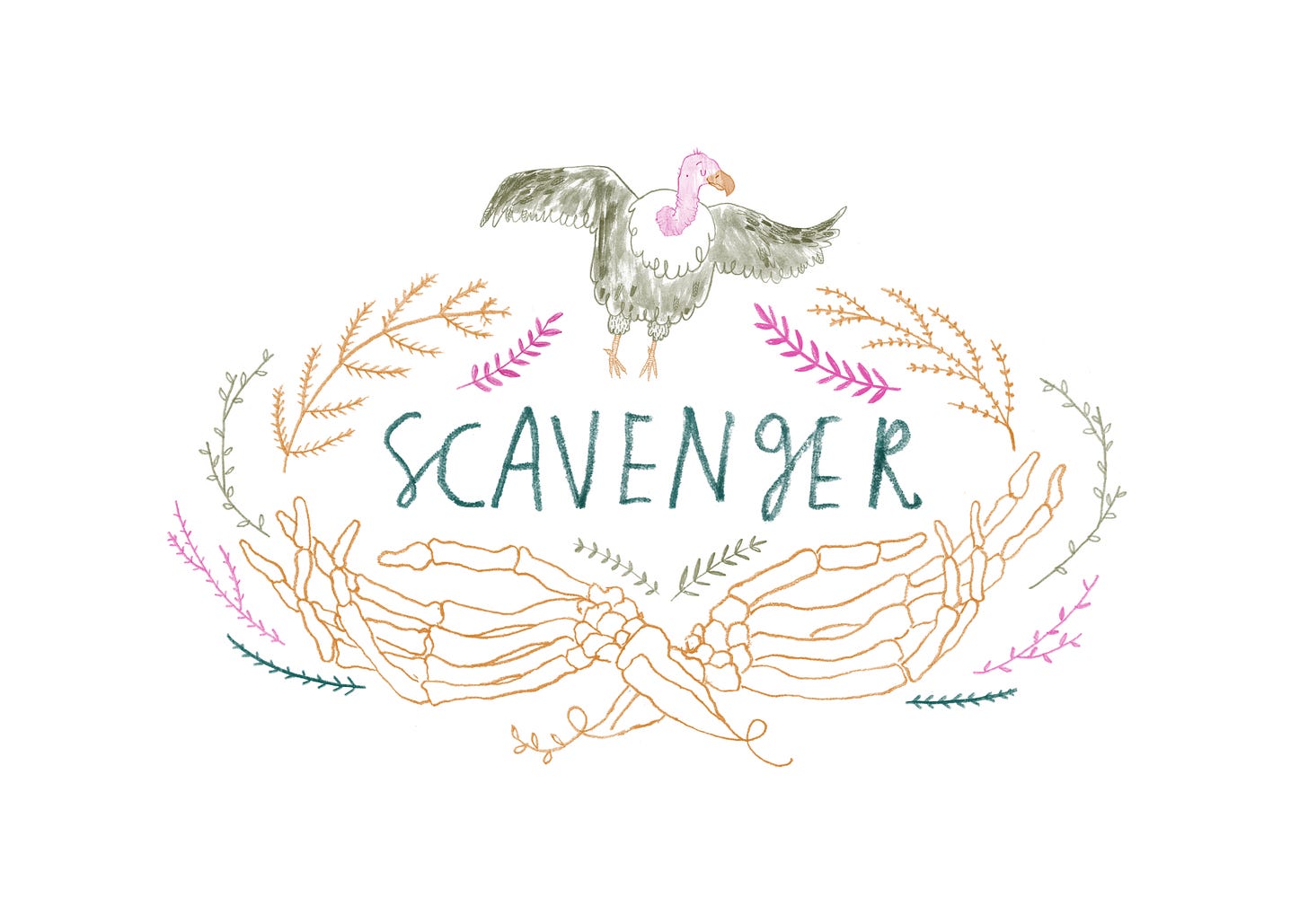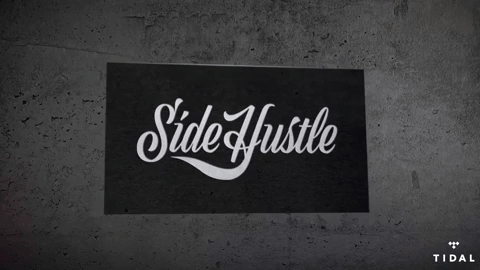
In 1958, the Pittsburgh Courier covered a church-going Scoutmaster with a peculiar hobby.
“Once he’s away from his Boy Scouts and church cronies he dons a colorful costume, pulls out a crystal ball, and becomes a ‘Prophet’ who sells numbers and gives spiritual advice to all who pay his fat fee,” the paper reported.
The psychic routine was the Scoutmaster’s “side hustle,” the paper explained – five decades before the phrase became common.

African American newspapers like the Pittsburgh Courier are essential players in the history of why many of us consider ourselves side hustlers. Other African American newspapers, including Chicago’s Daily Defender and the Philadelphia Tribune, were also early users of the phrase and key in driving its widespread adoption.
The addition of “side” as a modifier made an honest phrase out of “hustle,” which has old roots in a Dutch word that means “to shake.” Prior to the 1950s, newspapers (again, primarily African American) referenced various hustles, all with the disapproving implication of a scam.
“When Dr. Pearson told Mr. Murray that he would be given a scholarship, if he attended Howard University and on the witness stand admitted that no such scholarship would have been given, the president was admitting that he was giving the applicant a ‘hustle,’” Baltimore’s The Afro-American reported in 1935.
Though less well-known today than the New York Times or the Washington Post, African American newspapers have been equally or more important in shaping everything from the phrases we use to the laws that govern the country. The Afro-American, for example, once circulated in 13 distinct editions in different cities including DC, Philadelphia, and Newark. In its home city of Baltimore, The Afro-American pushed for greater representation of black legislators and public servants and joined forces with the NAACP to sue University of Maryland’s law school for discriminatory admissions. During World War II, the paper made history when Elizabeth Murphy Phillips Moss became the first black female war correspondent.
When African American newspapers published a new phrase like “side hustle,” it reflected and crystalized the way people spoke, and how that changed over time. Though hustles carried a criminal connotation, the notion of a side hustle was something new. The phrase evoked the cleverness of a con while emphasizing the hardworking nature of the person who embarked on it.
In 2008, side hustles transformed from what Merriam-Webster calls a “dormant phrase” into widespread usage. “It serves as a fine example of how a word may be in consistent but limited use for some considerable length of time, remaining mostly dormant, before taking off when it fits some linguistic need,” the dictionary’s etymologists wrote in a blog post. Side hustling was a way to survive an economy built on a bad promise that left millions of hardworking Americans scammed out of their livelihoods.
In 2017, CNN reported that more than 44 million Americans had side hustles. There’s still some debate over what constitutes a side hustle, but most people agree that they fall into a few key categories, including monetized hobbies or passions, side jobs that help people pay down debt, or a job that is needed to cover normal expenses. It’s an imprecise term that doesn’t quite apply to freelancing or part-time work, and the gig economy is related but also slightly distinct.
But the unpredictable nature of the side hustle doesn’t mean it isn’t serious work. In fact, one of the newspapers that first popularized the term began as something of a side hustle itself. In 1905, the Chicago Defender began at a kitchen table. Robert Segstacke Abbott invested 25 cents in 300 copies of a newspaper he put together. Each edition captured local news and relevant clippings from other sources – a zine that filled a news gap in Abbott’s community.
His hunch that something was missing from the news proved correct. Within five years, that small pamphlet won a national audience, eventually becoming one of the most influential African American newspapers in the country. Two thirds of its subscribers lived outside of Chicago and relied on the paper for coverage they couldn’t find elsewhere. The Chicago Defender also campaigned for The Great Migration, helping to attract 110,000 African Americans to Chicago alone (tripling the city’s population).
Also, remember how the New York Times launched a children’s section a while back, to much fanfare? The Chicago Defender launched the nation’s first children’s section in 1923. In 1929, readers convened at the first annual Bud Billiken Day Parade, which celebrated the paper’s young readers. The parade still attracts dance teams and marching bands to Chicago every year and remains the largest African American parade in the United States. Despite all this, I never saw a mention of it in the coverage the Times earned for its children’s section.
But that’s a different kind of hustle.
Something else
If all the side hustling feels like too much (or if you read the Dan Mallory article this week, which, ugh), this article by Jenna Wortham is several years old but timeless. She writes about the political dimensions of self care and the way capitalism blurs lines between consuming and caring:
Recently, my friend Coco told me they had been exclusively indulging in luxurious acts as a form of self-care. When I asked them to elaborate on what that meant, they described the process of walking to a market, picking out a beautiful winter squash, buying it, then spending several hours preparing it for a meal. The squash cost a few dollars, maybe less, but the luxury came in the deliberation, the pointedness with which Coco decided to fix themselves something to eat.
Do something nice for yourself this week, whether it involves a squash or not.


